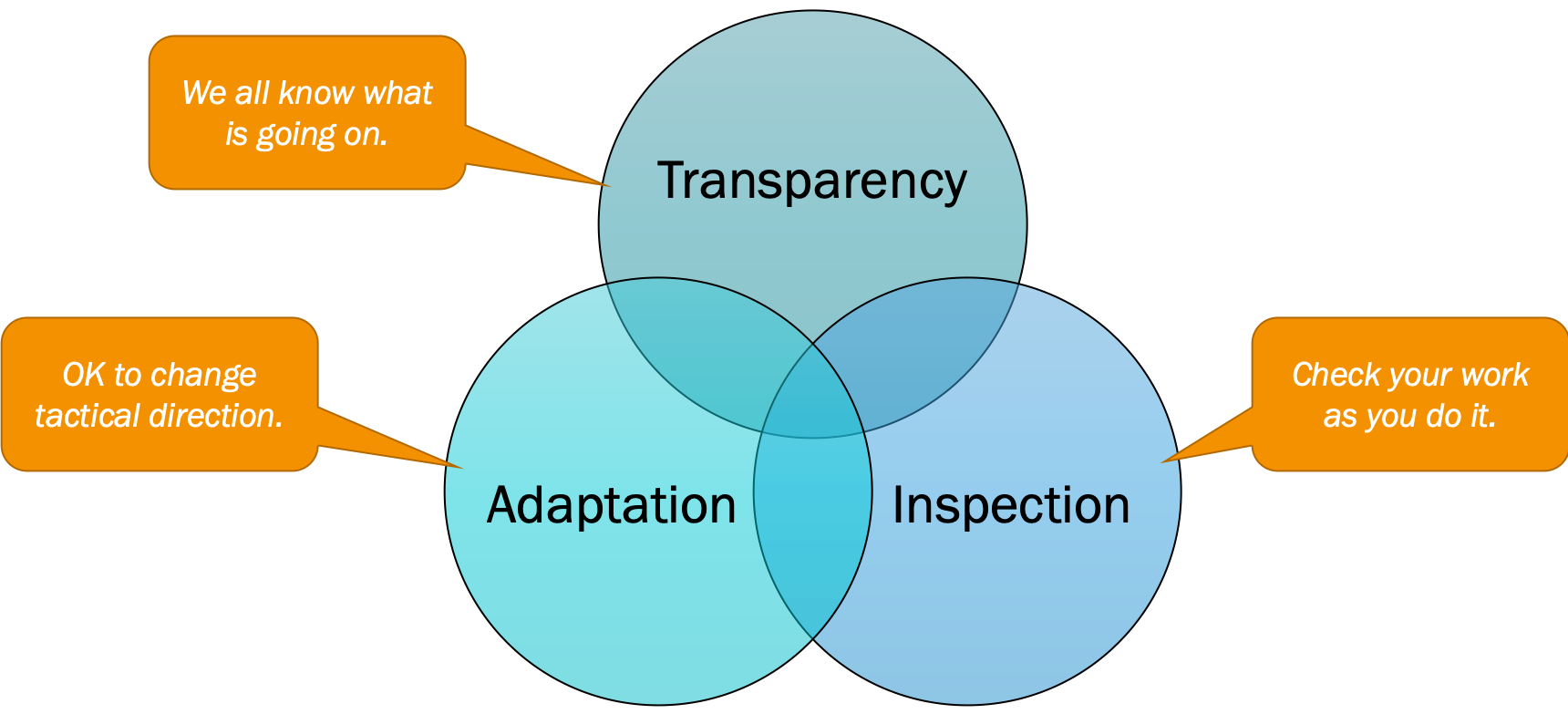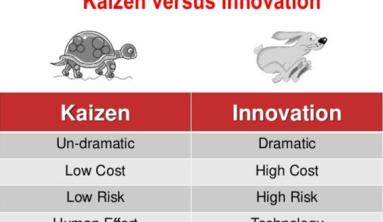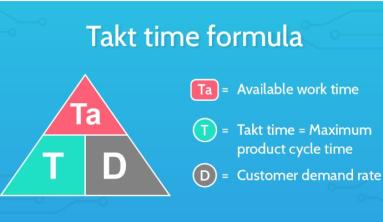In Scrum, decisions are made based on observation and experimentation rather than on detailed upfront planning. Empirical process control relies on the three main ideas of transparency, inspection, and adaptation.

Transparency allows all facets of any Scrum process to be observed by anyone. This promotes an easy and transparent flow of information throughout the organization and creates an open work culture. In Scrum, transparency is depicted through:
- Transparency
- Artifacts
- Project Vision Statement
- Prioritized Product Backlog
- Release Planning Schedule
- Meetings
- Sprint Review Meetings
- Daily Standup Meetings
- Information Radiators
- Burndown Chart
- Scrumboard
- Artifacts
- Inspection
Inspection in Scrum is depicted through:
- Use of a common Scrumboard and other information radiators
- Collection of feedback from the customer and other stakeholders during the Develop Epic(s), Create Prioritized Product Backlog , and Conduct Release Planning processes.
- Inspection and approval of the Deliverables by the Product Owner and the customer in the Demonstrate and Validate Sprint process.
- Adaptation
Adaptation happens as the Scrum Core Team and Stakeholders learn through transparency and inspection and then adapt by making improvements in the work they are doing. Adaptation in Scrum is depicted through:
- Standup Meetings
- Constant Risk Identification
- Change Requests
- Scrum Guidance Body
- Retrospect Sprint Meeting
- Retrospect Project Meeting
Category





